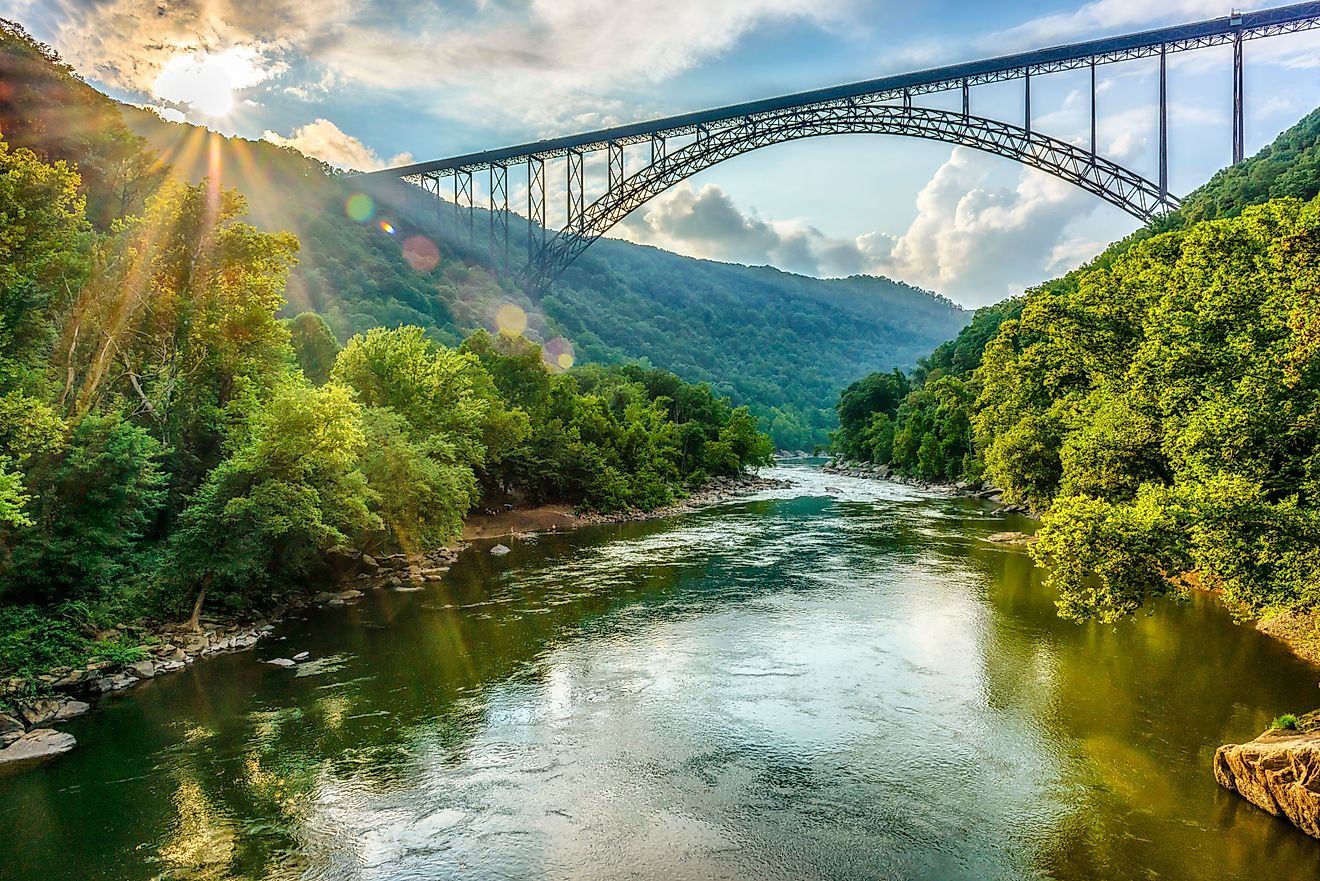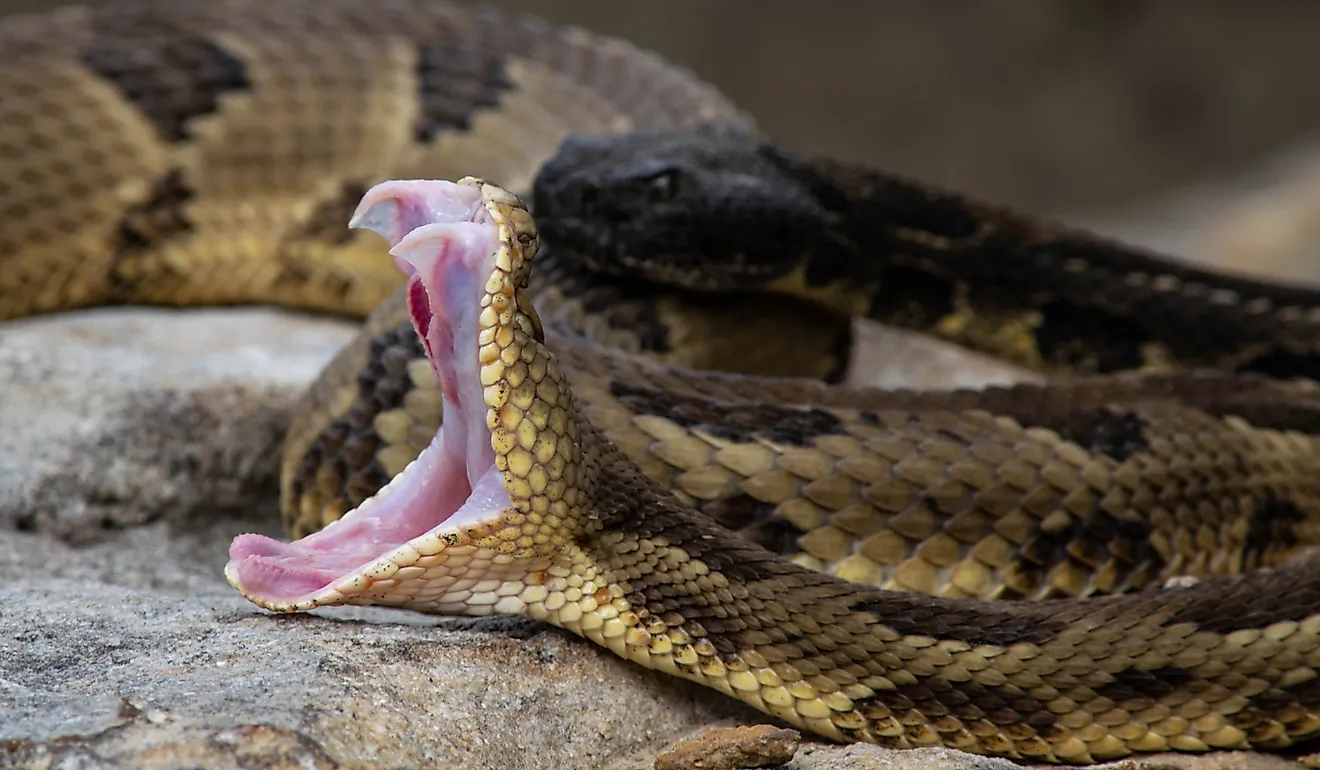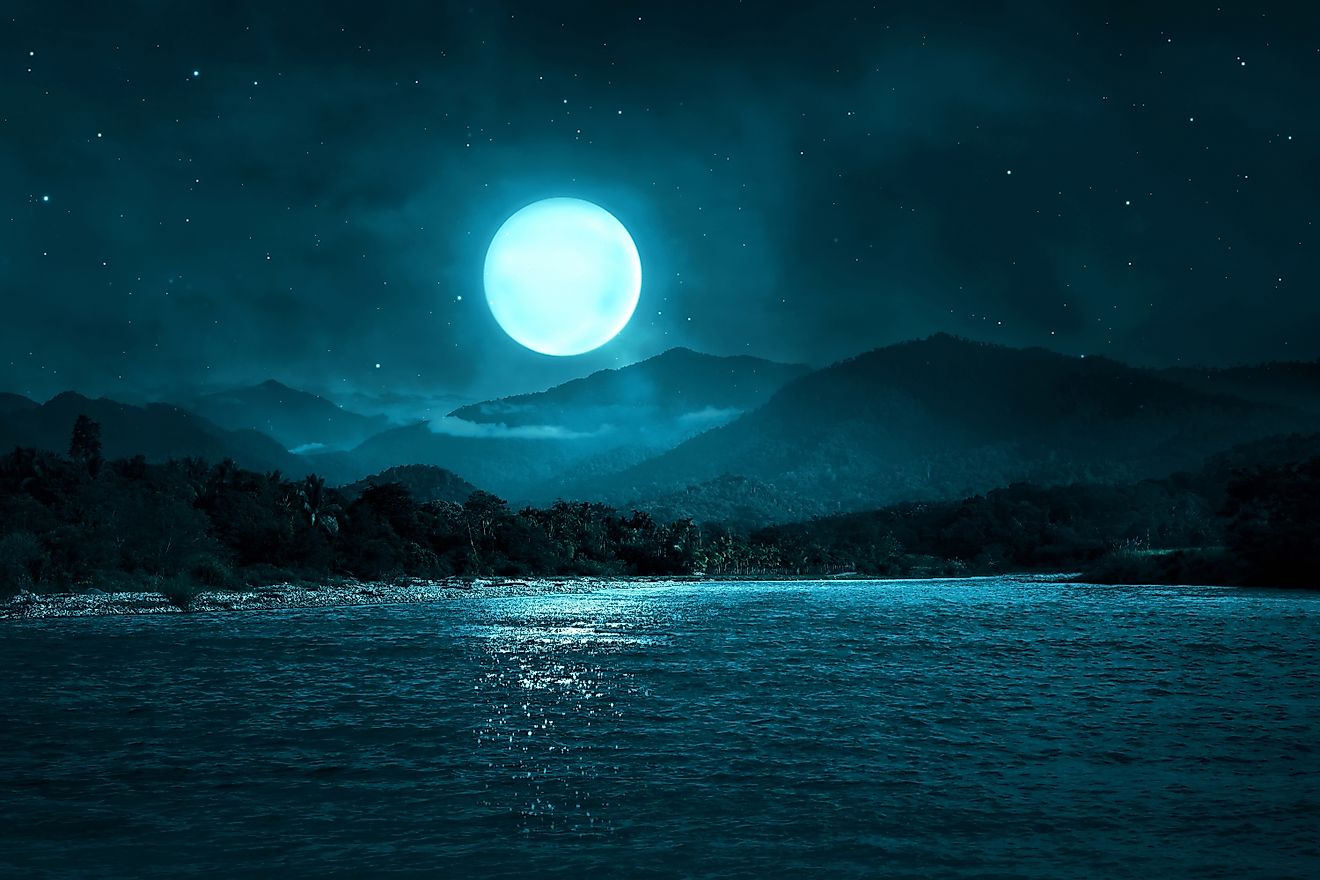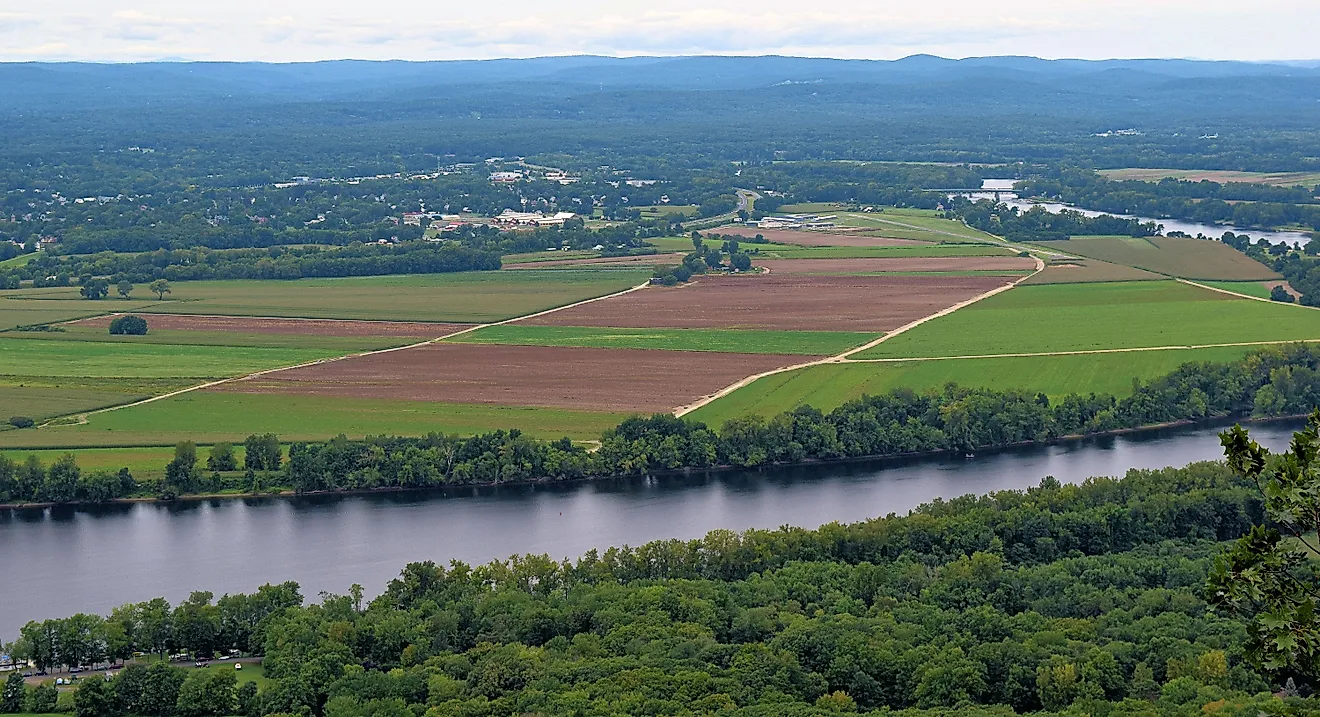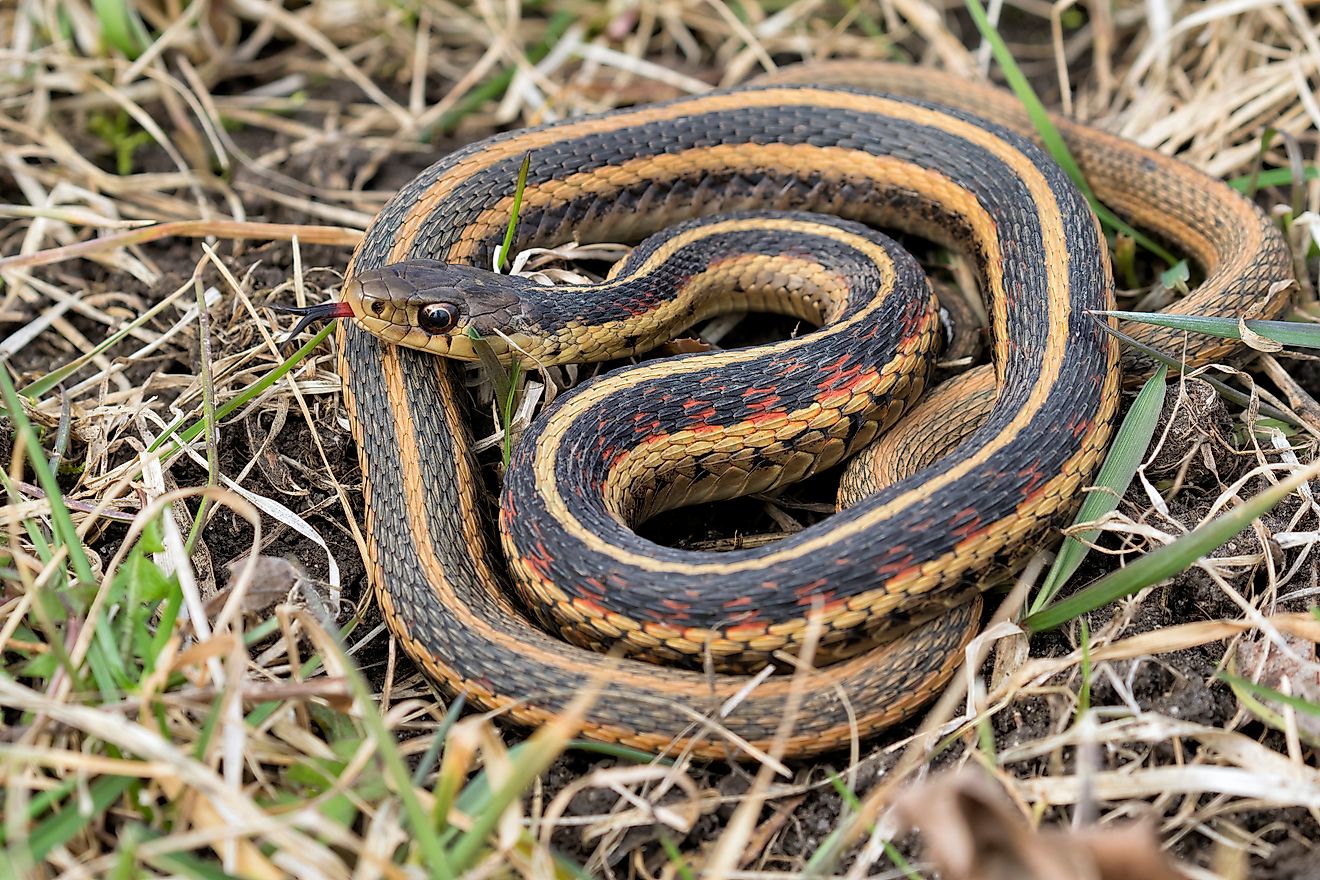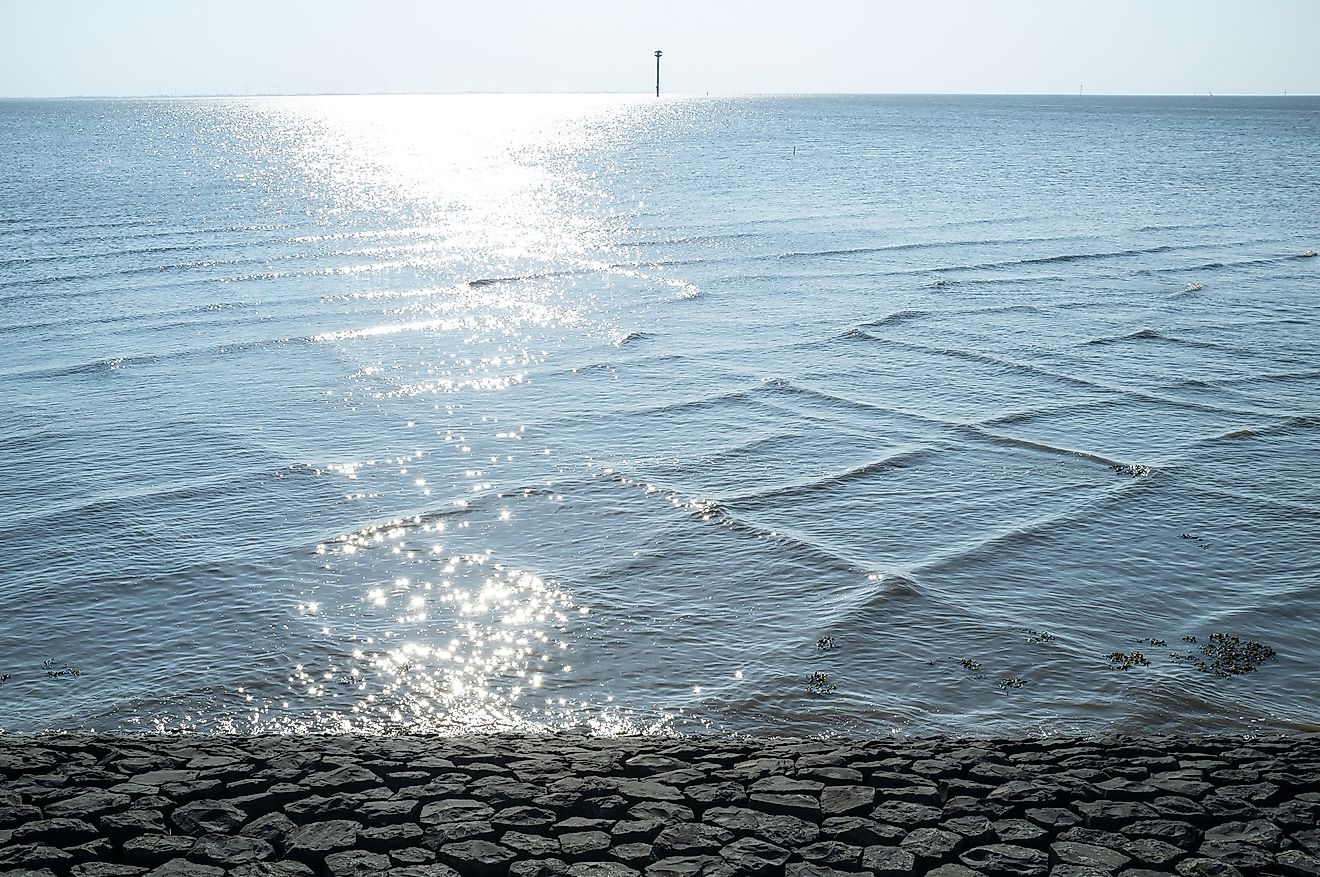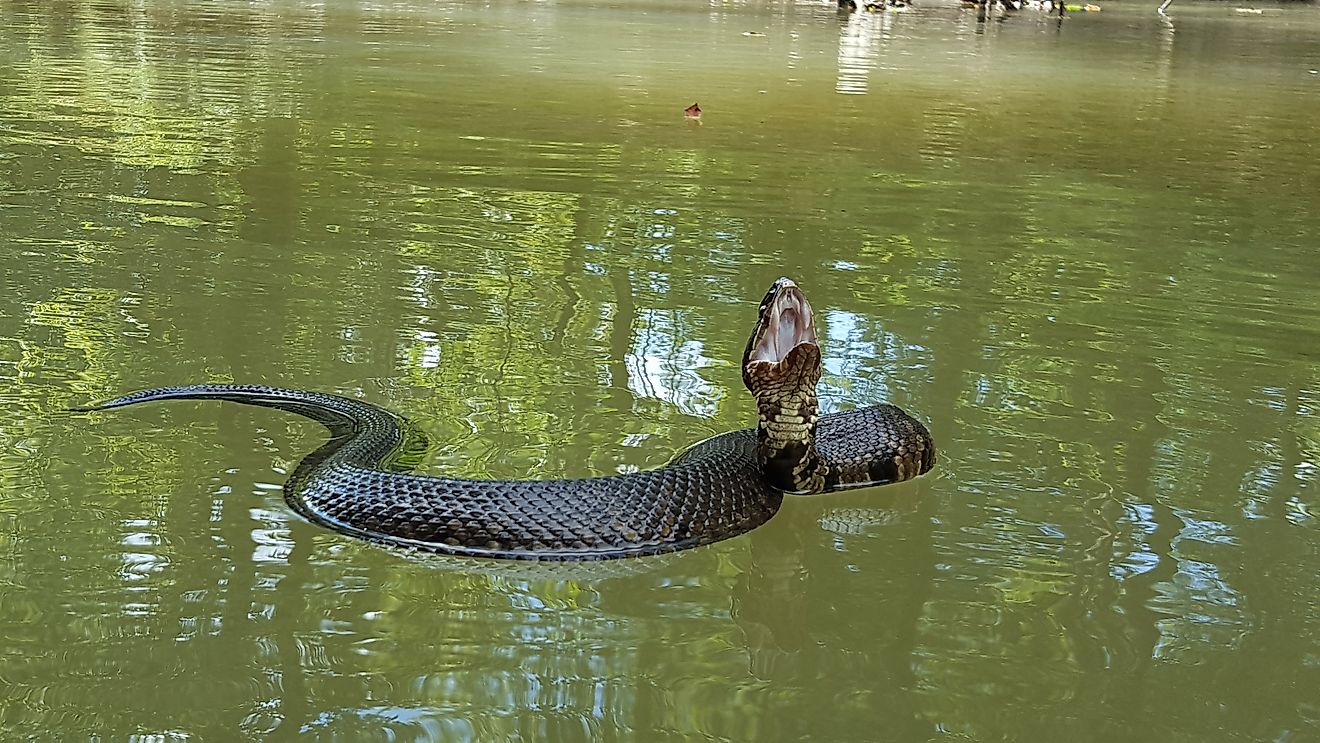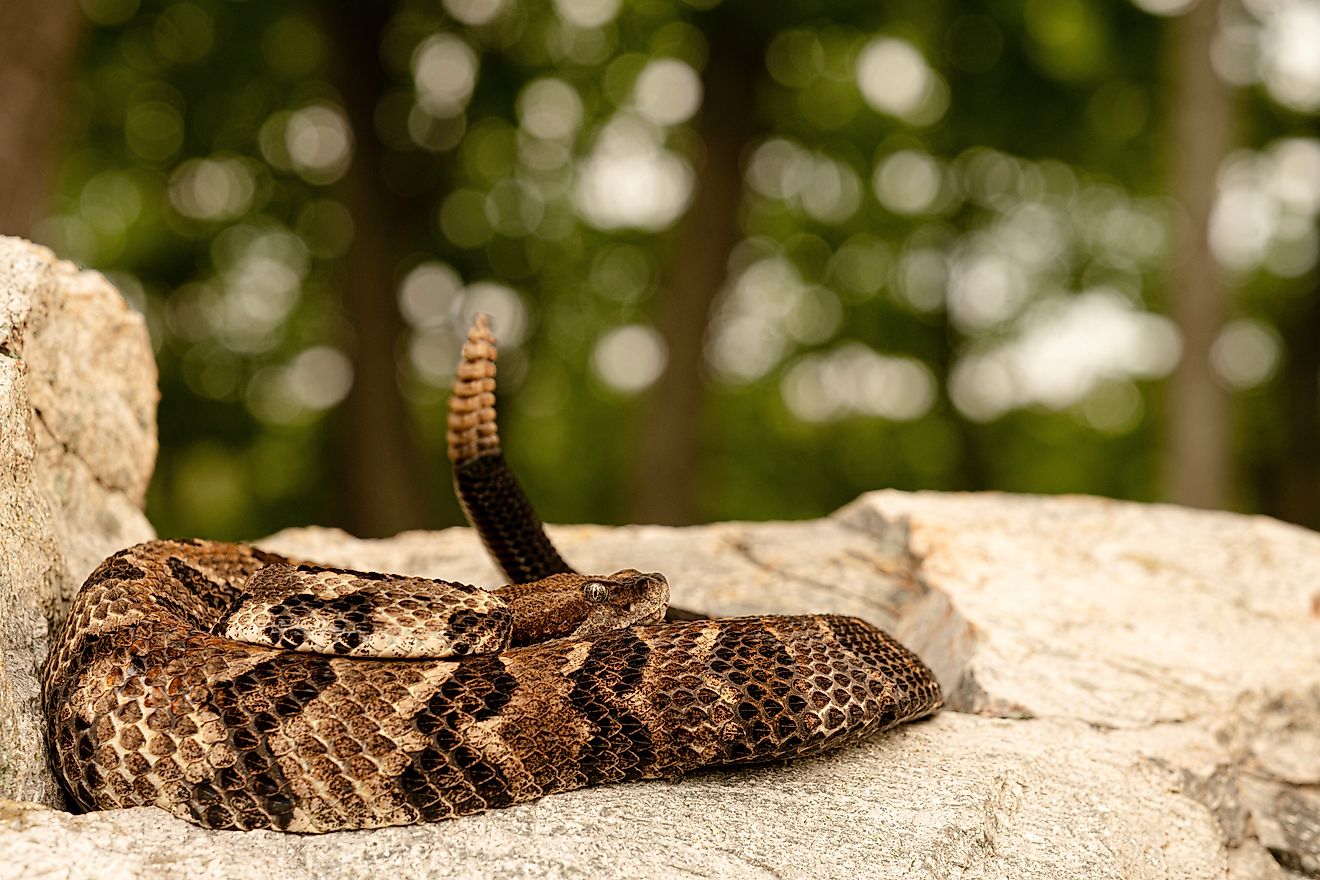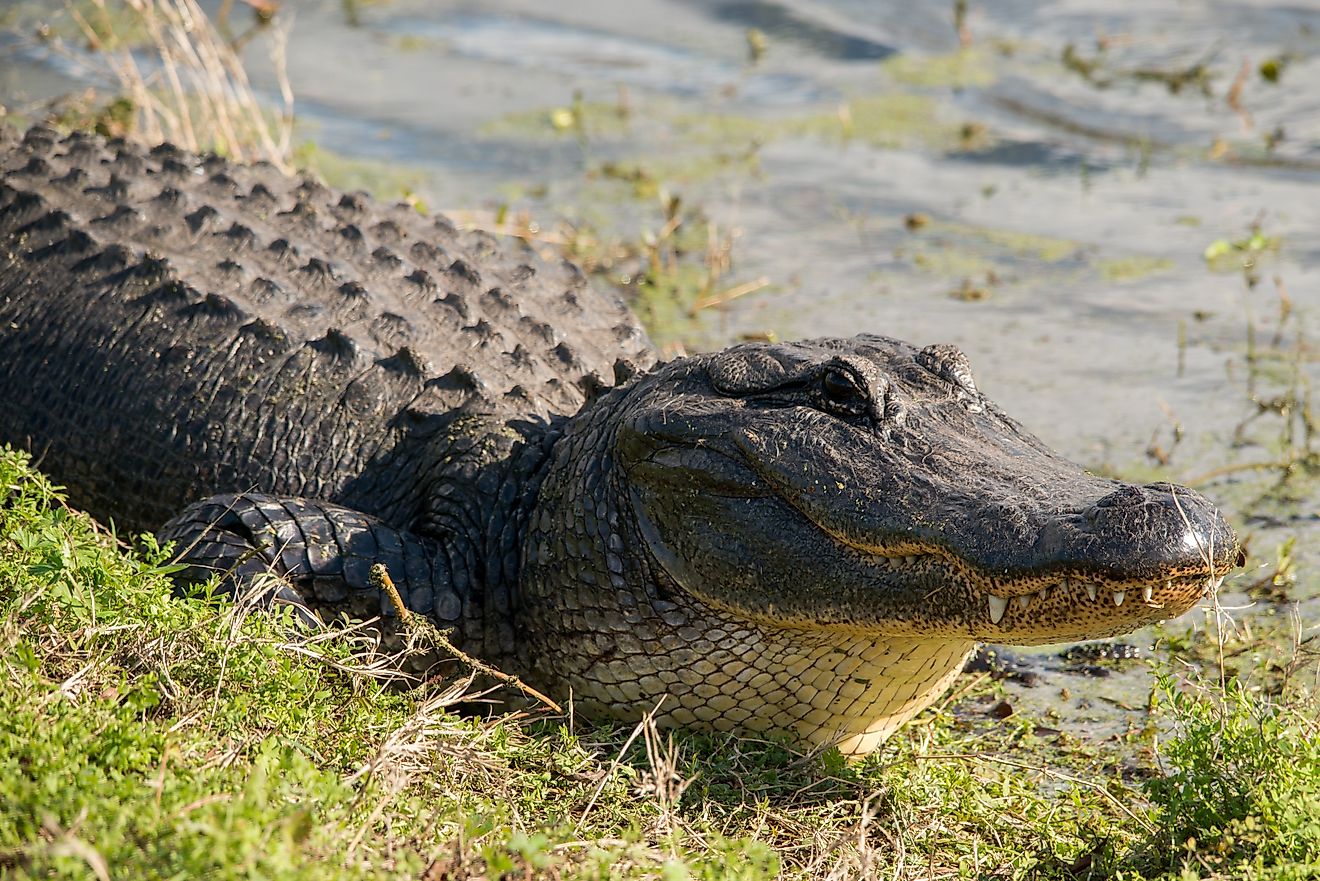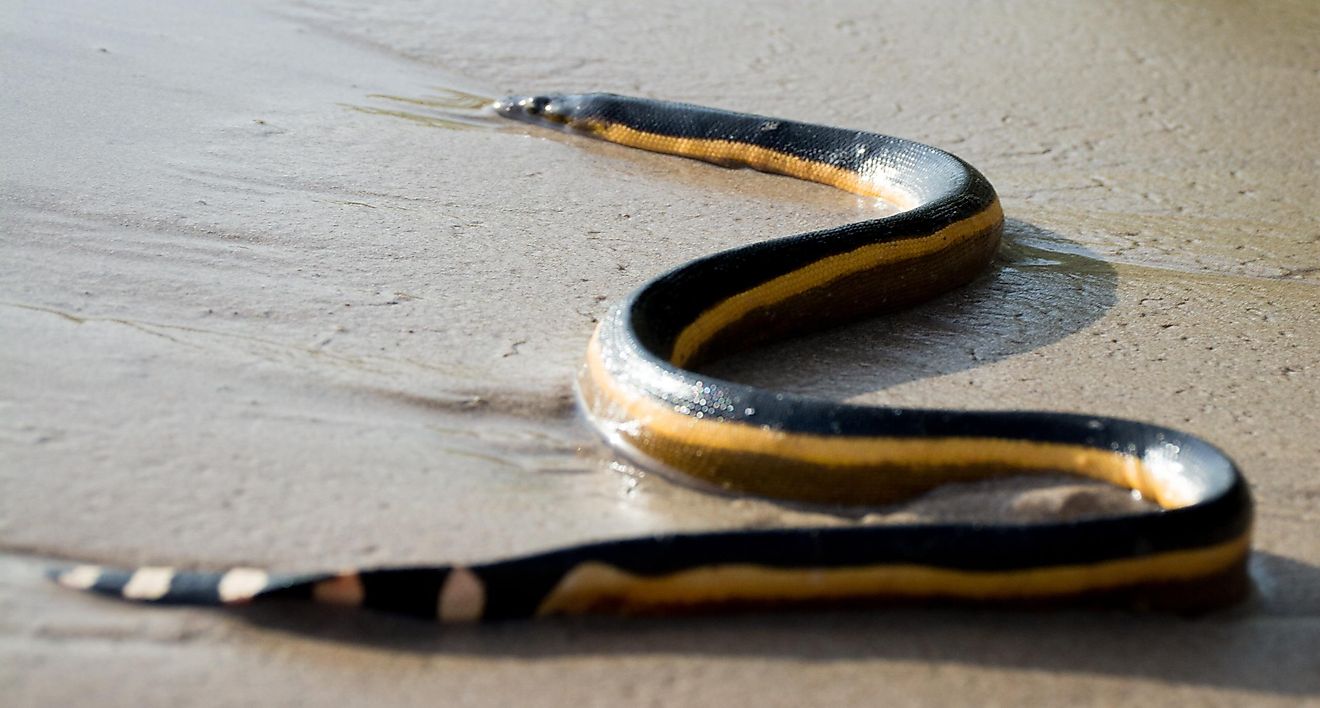
5 Most Snake-Filled Bodies Of Water In New Hampshire
From the towering White Mountains to the scenic Lakes Region, New Hampshire abounds with natural beauty and activities. Among the landmarks, the state is home to over 940 lakes, each opening up a new range of tourism opportunities. For example, Pawtuckaway Lake is an ideal spot to swim, while Lake Winnipesaukee beckons fishers. Along with people, animals also flock to these lakes, drawn in by the damp environment and abundance of hiding spots. While most aren’t a cause for concern, snakes are a slithering reptile that may frighten some. New Hampshire is home to 11 native snake species, from the adept swimming northern water snake to the venomous timber rattlesnake. As many water bodies are filled with snakes, this article delves into where snakes live so you can be safe and confident when swimming in New Hampshire.
Pawtuckaway Lake

Pawtuckaway Lake rests in New Hampshire’s Rockingham County and is one of the most popular lakes for tourism. Spanning nearly 800 acres, private homes along its shoreline surround it, and people from all over spend their vacation here. The lake is within the Pawtuckaway State Park, which boasts plenty of activities, from camping and hiking on land to swimming and boating in the water. Moreover, canoe orienteering events are popular, bringing in tons of people for the timed events.
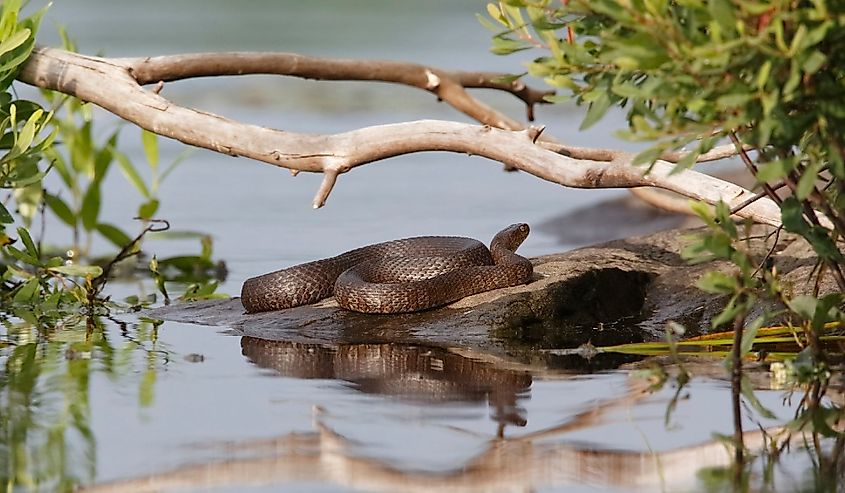
Ode to its vast shoreline lined with forests, Pawtuckaway Lake is a hub for many snake species. Among the most common are the northern water snake and timber rattlesnake. The northern water snake is native to North America and can be found in and around bodies of water. Average adults reach a length of around three feet with a light brown coloration and darker crossbands. That said, some snakes can be darker in color or even completely black. These snakes are also adept swimmers and can swim deep into water and dive for food. While northern water snakes aren’t venomous and rarely bite, timber rattlesnakes are one of America’s most venomous species. Thus, when you’re in Pawtuckaway Lake, be sure to give all snakes a wide berth.
Squam Lake

Another one of New Hampshire’s most snake-filled lakes, Squam Lake is located in central New Hampshire. Just south of the White Mountains, this lake spans nearly 7,000 acres and is the second-largest in New Hampshire. It has over 30 named islands, two marinas, and plenty of waterfront stores. Along with people, the lake is full of wildlife, both in and out of the water. Beneath the surface, rainbow trout, salmon, white perch, and largemouth bass are commonplace, creating a prominent fishing scene in the region.
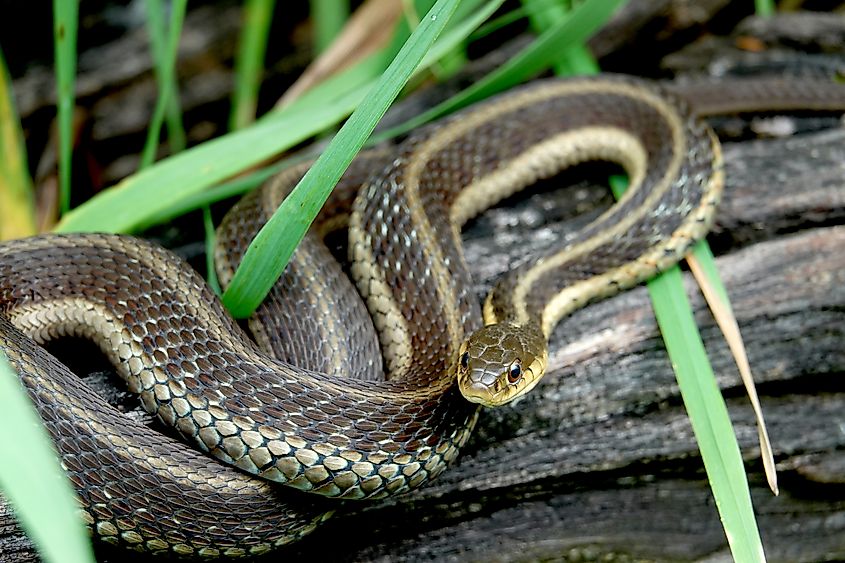
Outside of the water, snakes are one animal that people need to watch out for, as Squam Lake has plenty. The northern water snake, garter snake, and brown snake are some species that live here. The eastern garter snake is a commonly sighted species, known for its unique pattern of yellow stripes on a darker brownish body. They can reach lengths of up to four feet and are adept swimmers. While they are non-venomous, these snakes have a Duvernoy’s gland, which secretes a hemorrheagic fluid. Thankfully, it is not strong enough to affect humans. Most snakes here are non-venomous, except for the timber rattlesnake, which seldom enters the area.
Ossipee Lake

A bit smaller than Squam Lake at 3,200 acres, Ossipee Lake is the sixth-largest lake in New Hampshire. This lake is a prime habitat for both fish and snakes, and is classified as a cold- and warmwater fishery. When it comes to fishing, rainbow trout, largemouth bass, and yellow perch are some of the most sought-after species here. Meanwhile, snake species such as the northern water snake and eastern milk snake can be seen here. The eastern milk snake is a vibrant species, known for its bright red, white, and black saddles, as well as shiny scales. These snakes range from two to three feet long and prefer areas with lots of cover, such as the coast of Ossipee Lake. Thankfully, the majority of snakes spotted here are non-venomous, so you can enjoy the waters without worry.
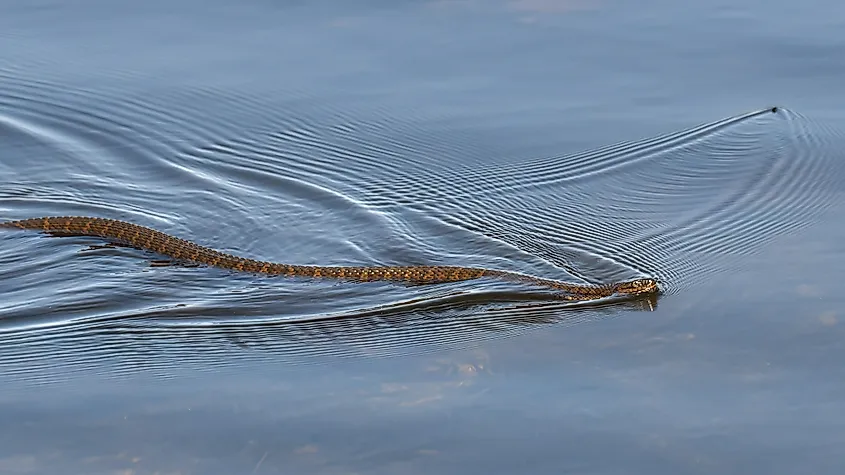
As for activities, Ossipee Lake is a popular spot for boating, thanks to the public boat launch at the Pine River. Boat rentals are also available, so you can enjoy the waves and watch the sun set along the coast. Along with this, the Ossipee Lake Natural Area abounds with pristine wilderness, where one can hike, climb fire towers, and spend their day wildlife watching.
Lake Winnipesaukee
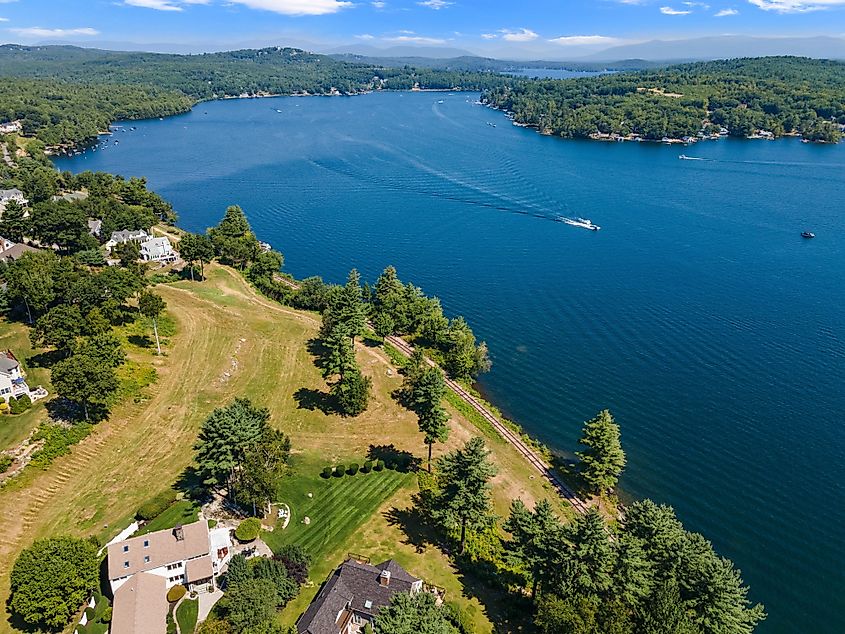
Lake Winnipesaukee is the largest lake in New Hampshire and one of the most popular. Spanning 71 square miles with over 250 natural islands, this lake boasts endless scenery and outdoor opportunities for tourists. Plenty of cities, such as Alton and Laconia, sit near the coast, bringing in people throughout the year. To this end, activities such as fishing, boating, hiking, and even sunbathing along one of the many beaches are popular. The lake also hosts plenty of events throughout the year, such as the Meredith Ice Fishing Derby, where people come to fish during the winter season, and the Laconia Bike Week, during which cyclists traverse the coastal areas.
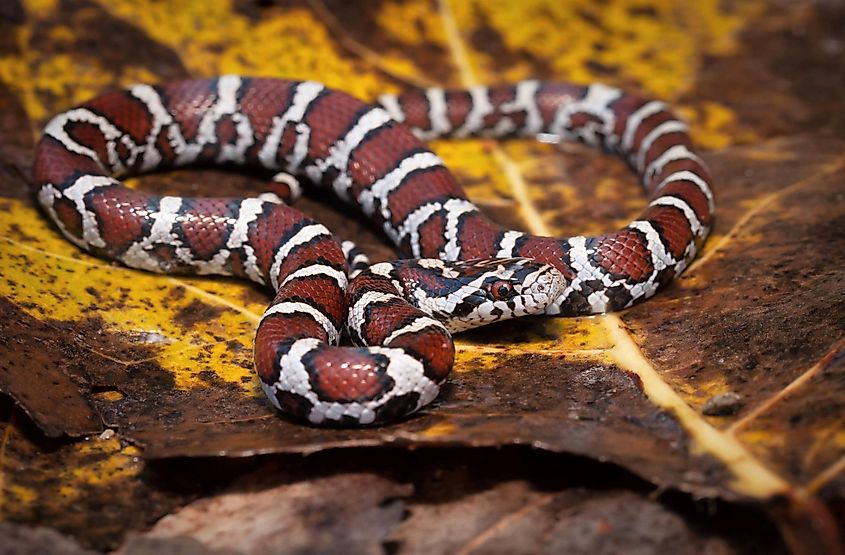
With so many people visiting and living near the lake, knowing which snakes live here and which ones to watch out for is important. The northern water snake and eastern milk snake can be seen here. The northern water snake is especially common, often spotted basking on rocks, swimming near the shore, or gliding through vegetation. Though not venomous, it may bite if disturbed, so it’s best to keep your distance. The eastern milk snake also inhabits the surrounding woods and rocky areas. Recognizable by its red and black blotches, this snake is harmless despite its bold appearance. Most snakes around Lake Winnipesaukee avoid human activity and pose little risk.
Chocorua Lake

Last but not least, Chocorua Lake is another one of New Hampshire’s scenic, yet snake-filled bodies of water. Nestled along Mount Chocorua, the lake boasts contrasting views of coastal greenery and towering peaks. To this end, people often hike in nearby areas, such as the Hammond Trailhead, which is just north of the lake. Along with hiking, the lake itself is a hub of activity, and swimming, canoeing, and kayaking are popular pastimes here. While outboard motors are banned, there is always life in the area, and many people camp near the coast at night.
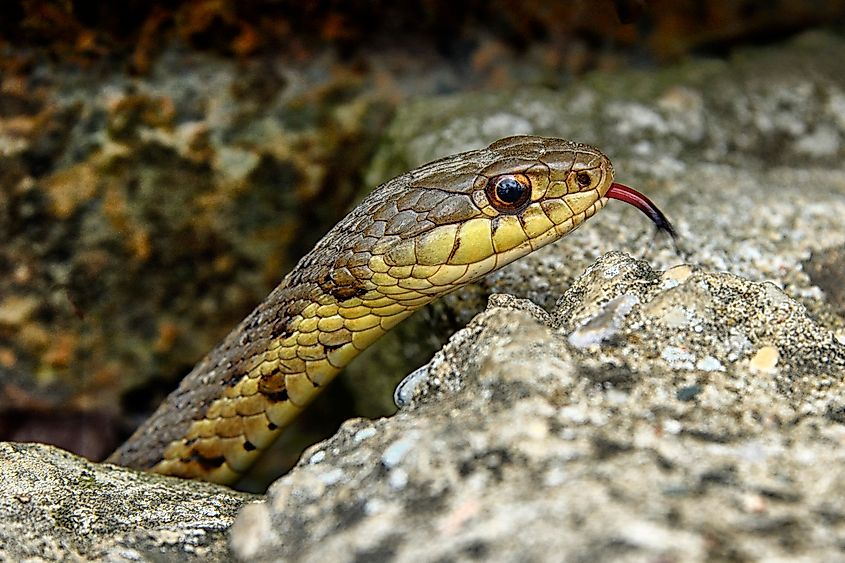
The quiet coves and forested shoreline of Chocorua Lake create an ideal habitat for snakes. Northern water snakes are commonly spotted weaving through shallow waters or sunning on flat rocks. Eastern garter and brown snakes are also likely found in the underbrush or along damp trails. These species are non-venomous and generally avoid people, but visitors should stay aware when exploring natural areas. With its mix of beauty and biodiversity, Chocorua Lake is both a peaceful retreat and a haven for native wildlife.
Stay Alert In These Snake-Filled Bodies Of Water
New Hampshire’s lakes may be scenic, but several are also home to thriving snake populations. From the well-known northern water snake to the elusive timber rattlesnake, these reptiles favor the state’s damp, wooded shorelines. While most are harmless and shy, knowing which lakes host the most can help you stay alert. Whether you’re boating, hiking, or simply relaxing by the water, awareness and respect for these creatures ensure a safe and enjoyable experience in the Granite State.
